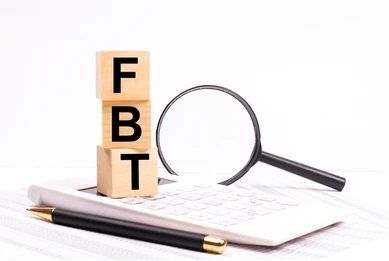Carry Forward Unused Concessional Superannuation Contributions
I have written about this topic a few times now – mainly because it is still one of the most overlooked strategies to help manage your taxation and superannuation planning.
The 2019-20 financial year was the first year you were able to contribute “unused” concessional contributions from a prior year. This year, 2023, is the first year you can use up to 5 years of unused concessional contributions.
Revision – How does it work?
Any unused concessional contributions over a rolling five-year period are able to be contributed to superannuation and claimed as a tax deduction.
Concessional contributions include:
- Employer contributions (including contributions made under a salary sacrifice arrangement; and
- Personal contributions which have been claimed as a tax deduction.
Eligibility Requirements – check your Total Super Balance (TSB) ***
To take advantage of these rules your Total Super Balance must be under $500,000 . This is the accumulated value of all superannuation accounts in your name as at the most recent 30 June.
If you wish to make a carry forward contribution in the 2022/23 financial year, your TSB will be measured as at 30 June 2022. *** It is critical you check your TSB prior to making a contribution under this measure. Your TSB is recorded with the ATO.
Example
Mrs Smith has sold a property which has generated a taxable capital gain of $75,000. She also has other taxable income of $95,000.
Mrs Smith has $410,000 in her super account on 30 June 2022. Including the 2023 year, her concessional contributions over the last 5 years will be:
| Year | Contribution Limit | Contributions | Unused |
| 2019 – actual | $ 25,000 | $ 8,000 | $17,000 |
| 2020 – actual | $ 25,000 | $ 9,500 | $15,500 |
| 2021 – actual | $ 25,000 | $ 9,000 | $16,000 |
| 2022 – actual | $ 27,500 | $11,500 | $16,000 |
| 2023 – estimated | $ 27,500 | $10,000 | $17,500 |
| Total | $130,000 | $48,000 | $82,000 |
Mrs Smith is eligible to make an extra tax-deductible contribution of up to $82,000 in the 2022/23 year.
Opportunities – who can benefit?
The original purpose of the legislation was to assist taxpayers with variable work patterns as a means to boost their retirement savings. This includes taxpayers who take leave without pay, work part time, or who have “lumpy” income patterns.
However, there are also opportunities in years where higher than normal taxable incomes are derived (due to unexpected seasonal income, large realised capital gains, etc) where unused concessional contributions can assist with not only minimising your tax burden, but also ensuring you are saving for your retirement.
Speak to your accountant today to determine how the carry forward concessional contribution system can make a difference to your situation.
The post Carry Forward Unused Concessional Superannuation Contributions appeared first on Green Taylor Partners.
More GTP Articles






